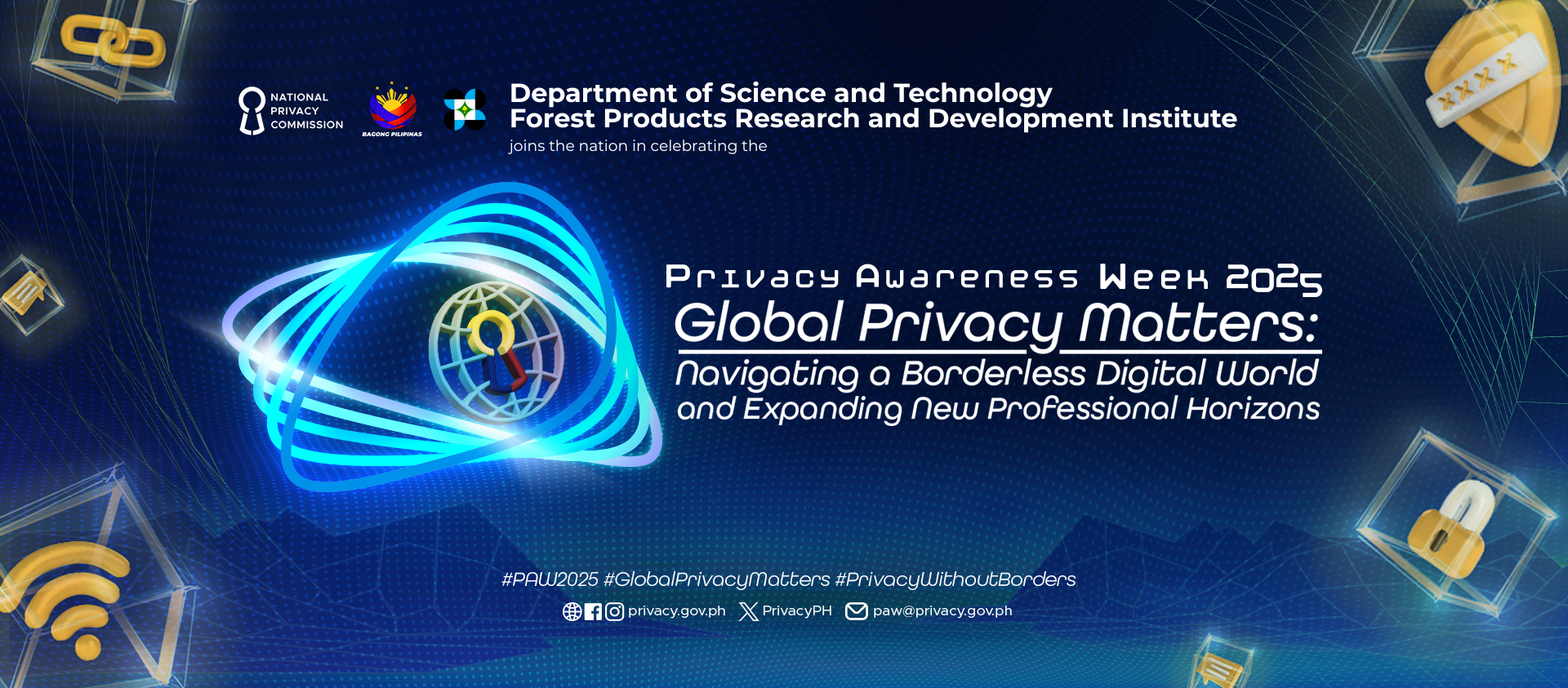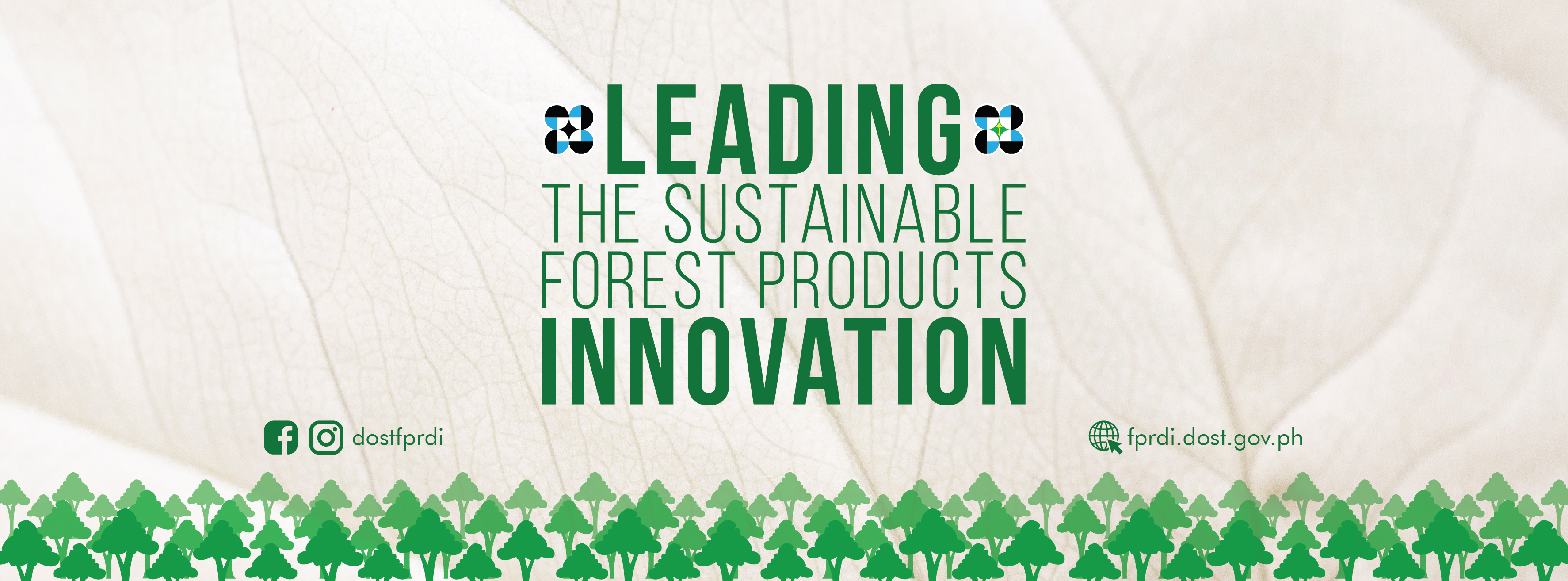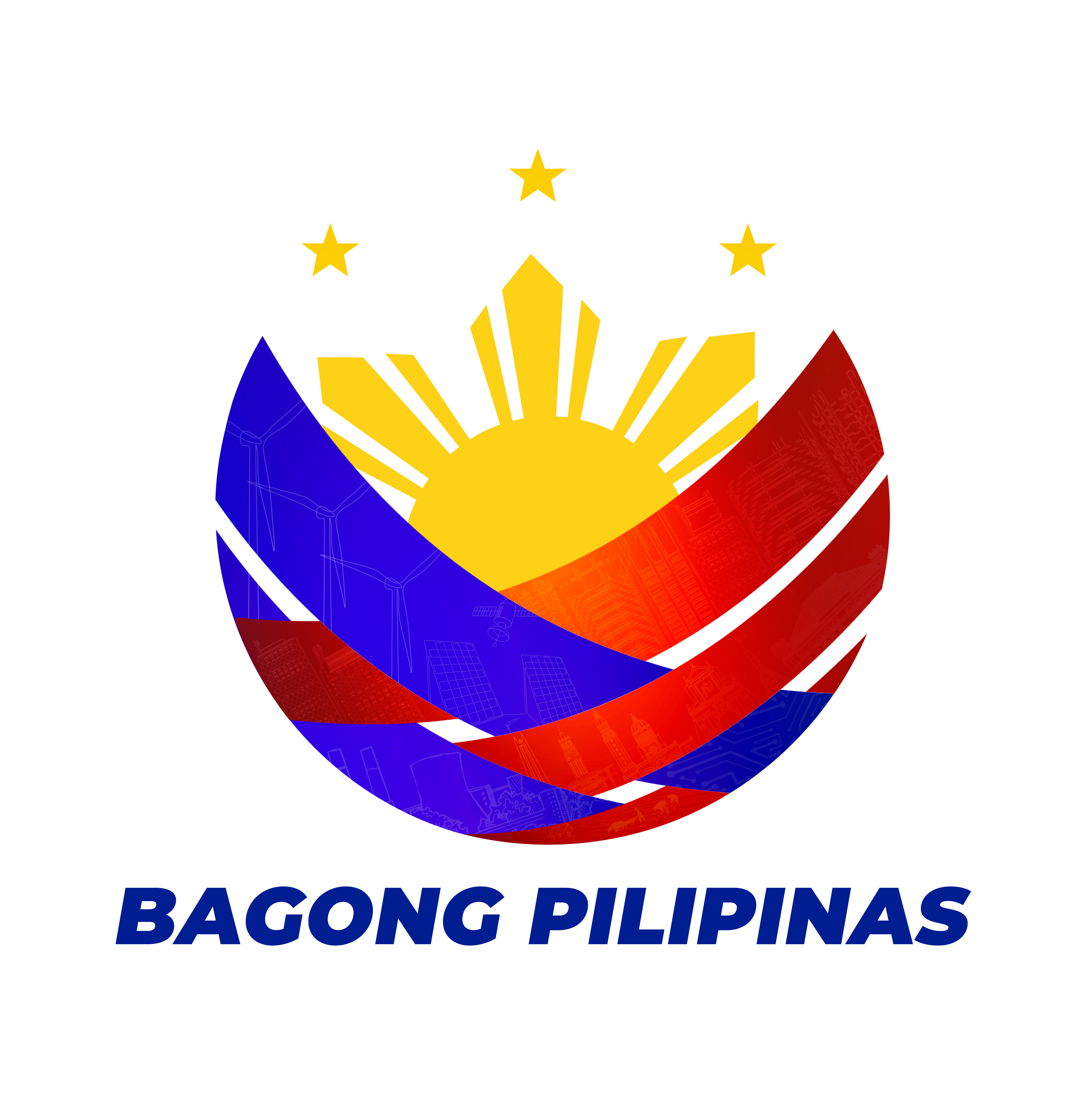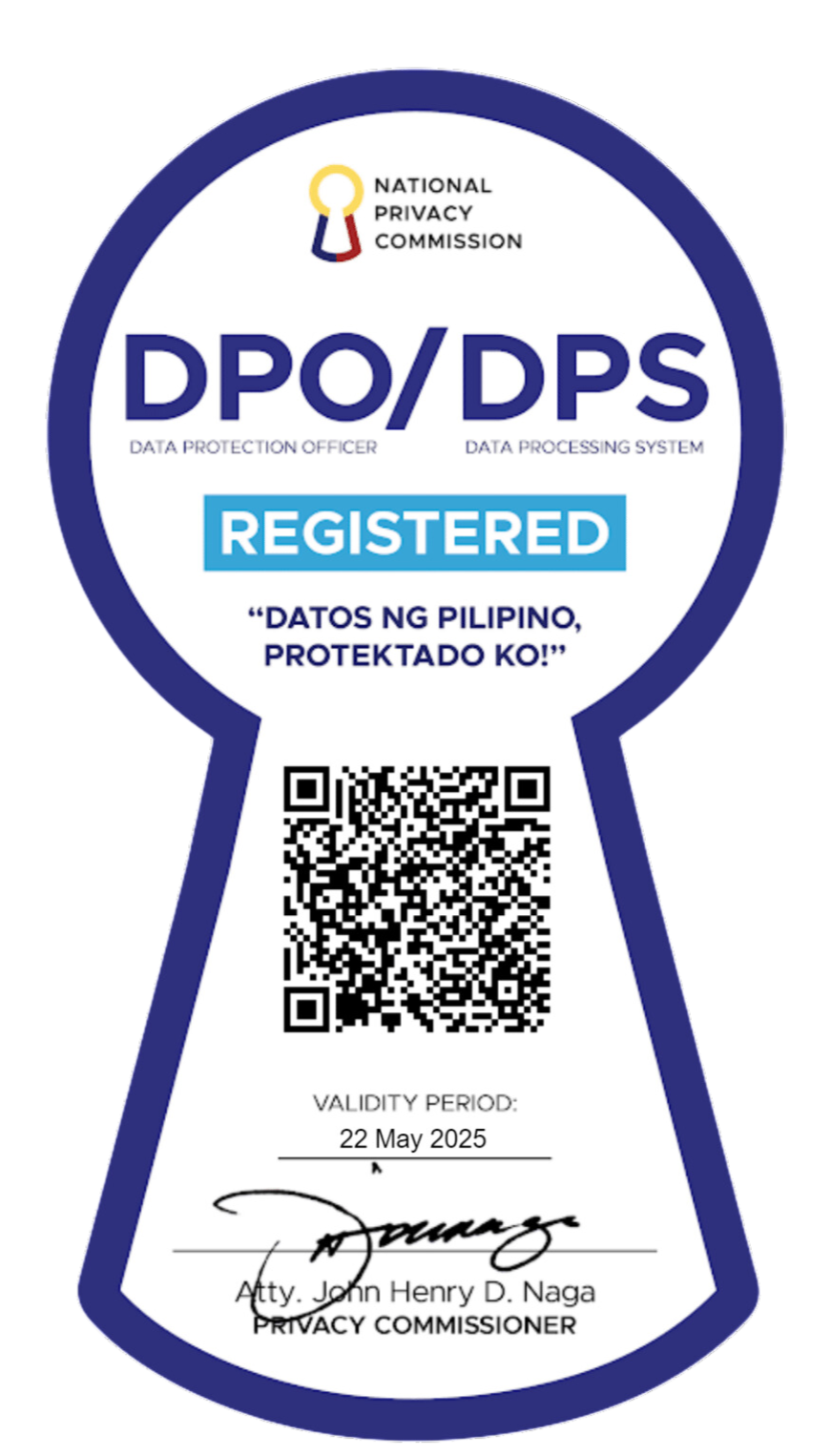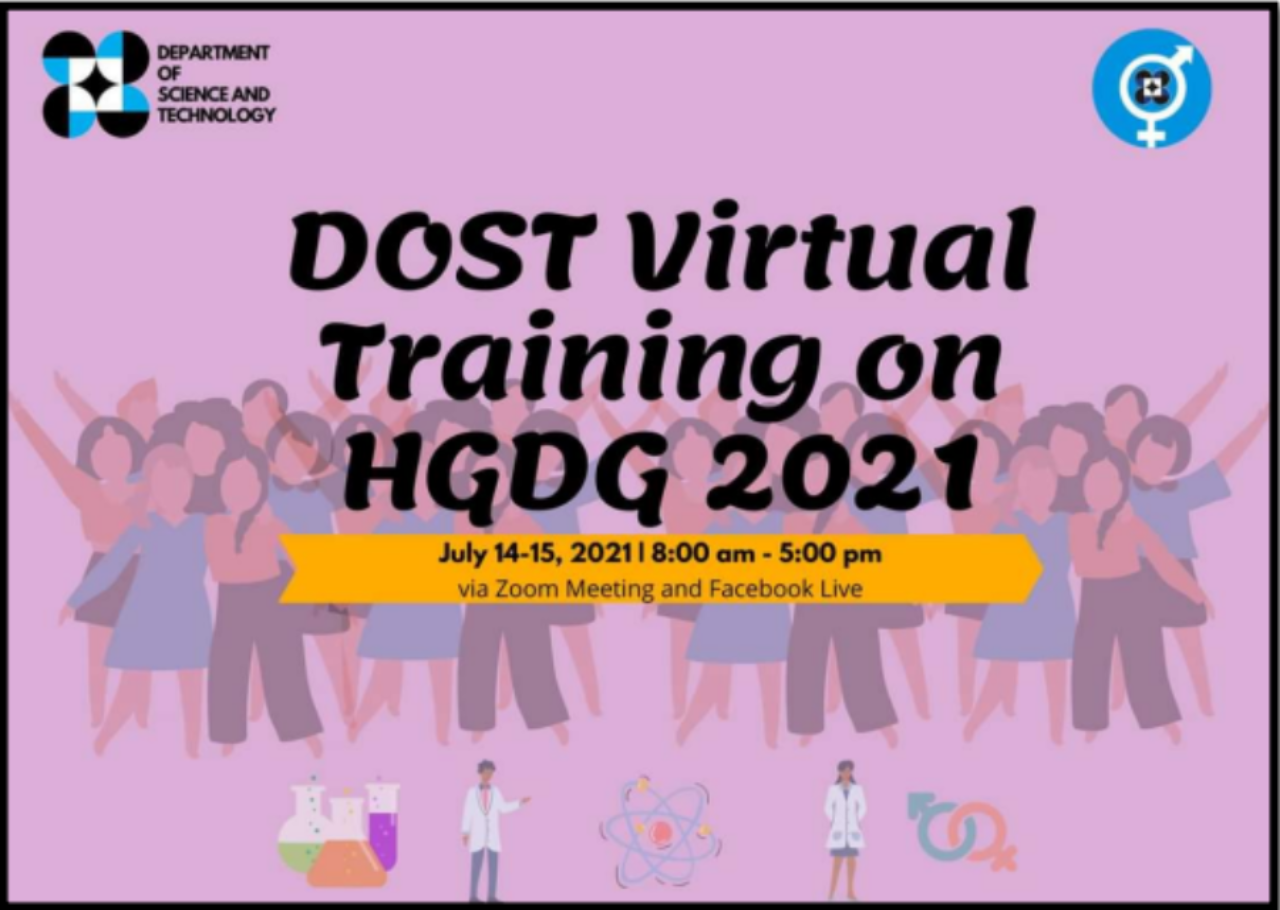
As an institutional support to RA 9710 or the Magna Carta of Women which provides gender mainstreaming as a strategy to pursue a gender-responsive DOST, the Department of Science and Technology’s Gender and Development conducted a two-day virtual training on Harmonized Gender and Development Guidelines last July 14-15, 2021.
The webinar aims to enhance the knowledge and skills of DOST agencies particularly the members of the GAD Focal Point System for effective implementation of their GAD programs and activities.
“Gender and Development is about being faithful to the idea that development is for all fairness and equity demand that everyone in society, whether male or female, has the right to the same opportunities to achieve a full and satisfying life,” said Ms. Claire Ruzzel A. Esturas.
All attendees have familiarized with the process and strategies on how to integrate gender in the project proposal.
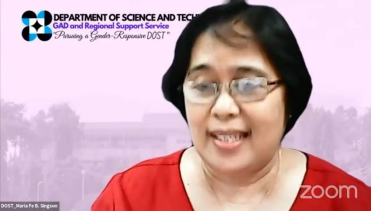

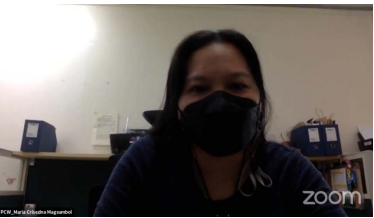
DOST, Supervising Science Research Specialist, Ms. Maria Fe B. Singson shared some tips on how to prepare a better project proposal. In order to accomplish the GAD checklist correctly, “Determining the rate of each question is very important” said Ms. Singson.
In the afternoon of July 14, 2021 participants were assigned to breakout rooms with facilitator. One sample proposal was assigned per group to be subjected to the HGDG design checklist to determine the HGDG score. The participants filled out the workshop template and indicate all considered elements in preparing the project proposal.
On the second day of the virtual training, all project proposals were presented.
According to the resource speakers, “The Resource allocation should include those that will be spent for gender activities that will be undertaken during the
implementation.
Project implementers and participants from DOST agencies learned to use gender analysis as an essential element in the preparation of their GAD Plan and Budget and the GAD Accomplishment report.


